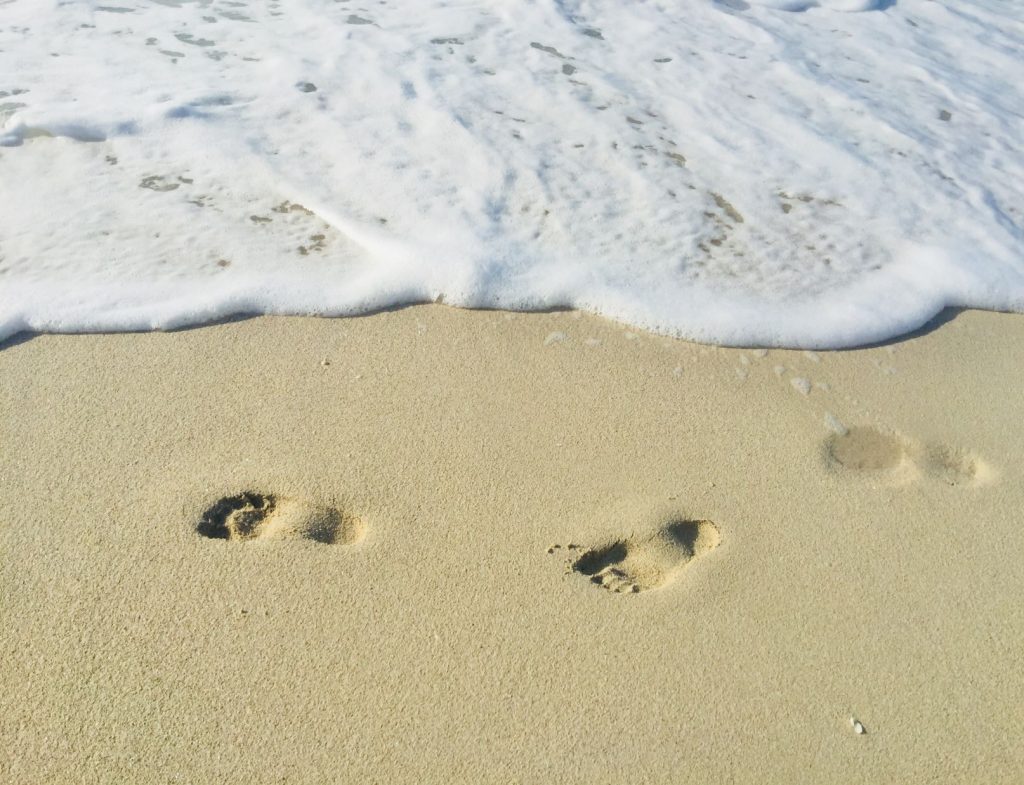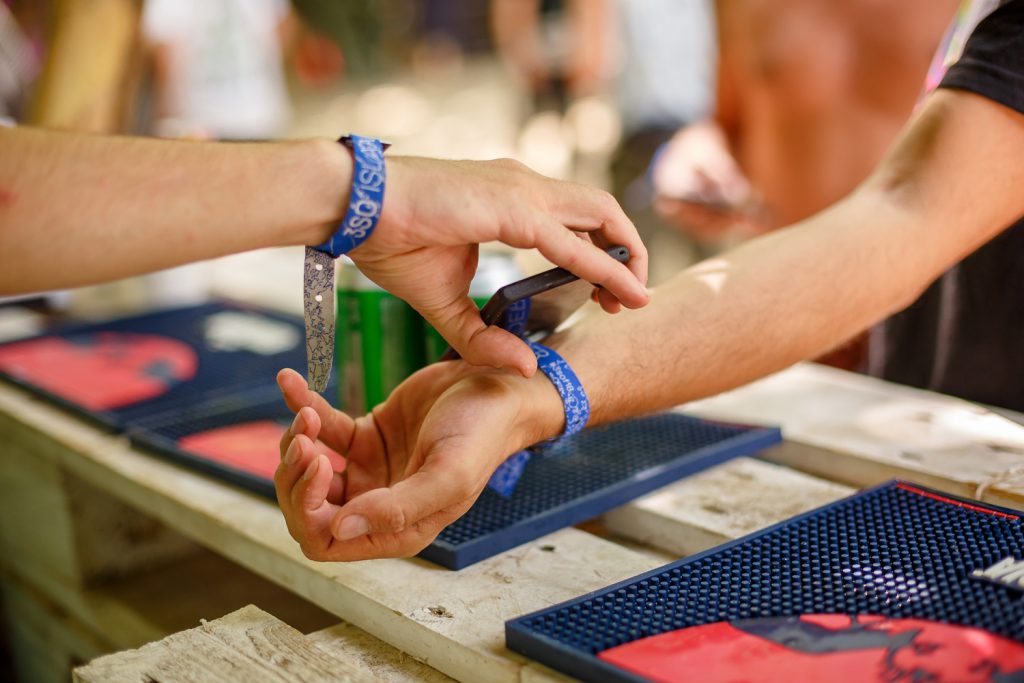There is no doubt that the world of events and hospitality has been seriously hit by COVID-19 and the imposed lockdowns. Major festivals around the globe got postponed or canceled. Across Europe and not only, governments begin to realize that imposed restrictions are indeed an efficient way to limit the spread of the virus, but they also realize that such restrictions can only harm economies in the long term. So, should event organizers implement cashless payments as a precautionary measure to limit the spread of the virus?
As economies get back and running after weeks of lockdown, many of us face unprecedented situations in terms of conducting business and daily activities. Even before this pandemic, it was obvious that the use of cashless payments solutions around the world is on the rise. But guess what? In a post-COVID-19 world, cashless payments might be more important than ever.
It is predicted that a new type of customer will emerge from this pandemic. We already saw an increase in demand for cashless payments solutions over the last years, but the differentiator lies in how providers deliver those expectations and how it separates them from other competitors.
Facts about COVID-19 and Cash handling
Government officials have strongly advised us to avoid cash handling during the coronavirus outbreak. It is well-known that cash is notoriously covered in germs, but what is the reality when it comes to COVID-19 and cash? According to many experts, the chances of being infected after handling cash is still low compared to other ways of spreading the infection. According to a recent post published by Reuters, the U.S. Federal Reserve started quarantining physical dollars coming from Asia, before allowing it to recirculate in the U.S. market. It was treated as a precautionary measure against spreading the virus among U.S. citizens. Although there is no hard evidence saying that handling cash increases the risk of infection, many retailers decided to advise their clients to use cashless alternatives.
At Oveit, we’ve decided to upgrade our closed-loop payment solution and add two additional features, very relevant in the given context. These two are related to real-time footfall tracking capabilities and an App which enables attendees to act as their own cashiers.
End user App (Wallet) for Cashless Payments
Without an end-user App, attendees would still have to visit a physical top-up point to add money to their digital wallets. After many years of experience and feedback coming from our partners, we concluded that building an end-user App (wallet) can bring more value in return, for both event organizers and participants. The purpose of this App is to create a seamless top up process for the end-user (attendees), allowing them to use their own smartphones for comfort and security purposes.
For the event organizer, this alternative decreases the number of cashiers required on-site and therefore reduces the event costs. Attendees are empowered to act as their own cashiers with the entire process being automated. Moreover, by activating the ‘Auto top-up’ feature, participants can assure that their digital balance will never fall under a pre-defined amount.
Also, the withdrawal process is simplified. Traditionally, the process required attendees to visit physical top-up points and receive cash in exchange. The top-up was done by either card or cash payment, but the only option to withdraw the remaining amount was by receiving cash back. The end-user App (wallet) removes this step and enables participants to withdraw the remaining balance on their own or even use it at another event.
Footfall Tracking
Recently, we’ve received a request from one of our clients. He wanted to know if it’s possible to track in real time the number of attendees in specific areas of the venue.
With the current social distancing rules in place, we believe that being able to track footfall in real-time can contribute to a safe and responsible event. This way, you can benefit from a modern alternative to control the number of attendees inside a venue. How does it work?
1. Attendees arrive at the event with their electronic tickets ready to be scanned
2. A designated staff member hands in NFC wristbands/cards/badges for every participant
3. By using the Oveit Pay App on an Android device, a staff member simply scans the QR code on the ticket and pairs it with a wristband/card/badge
4. Before passing the entry point, participants are required to tap their NFC tags on an NFC enabled reader
5. The same process applies for check out. Participants tap their NFC tags on NFC enabled readers placed at all exit points

Final Thoughts
Among event professionals, we’ve seen continuous debates on whether the event industry will change in the future and how it will change. As retailers get back and running, B2C and B2B interactions look different, with several precautionary measures in place. It’s the aftermath of a global pandemic and it’s our responsibility to act accordingly.
As we are eager to see events coming back to normal, we strongly believe that Oveit can contribute to a safe and responsible way of hosting large gatherings. Of course, other parties must get involved to achieve that, but in terms of safe payment practices and access control, we got you covered!
